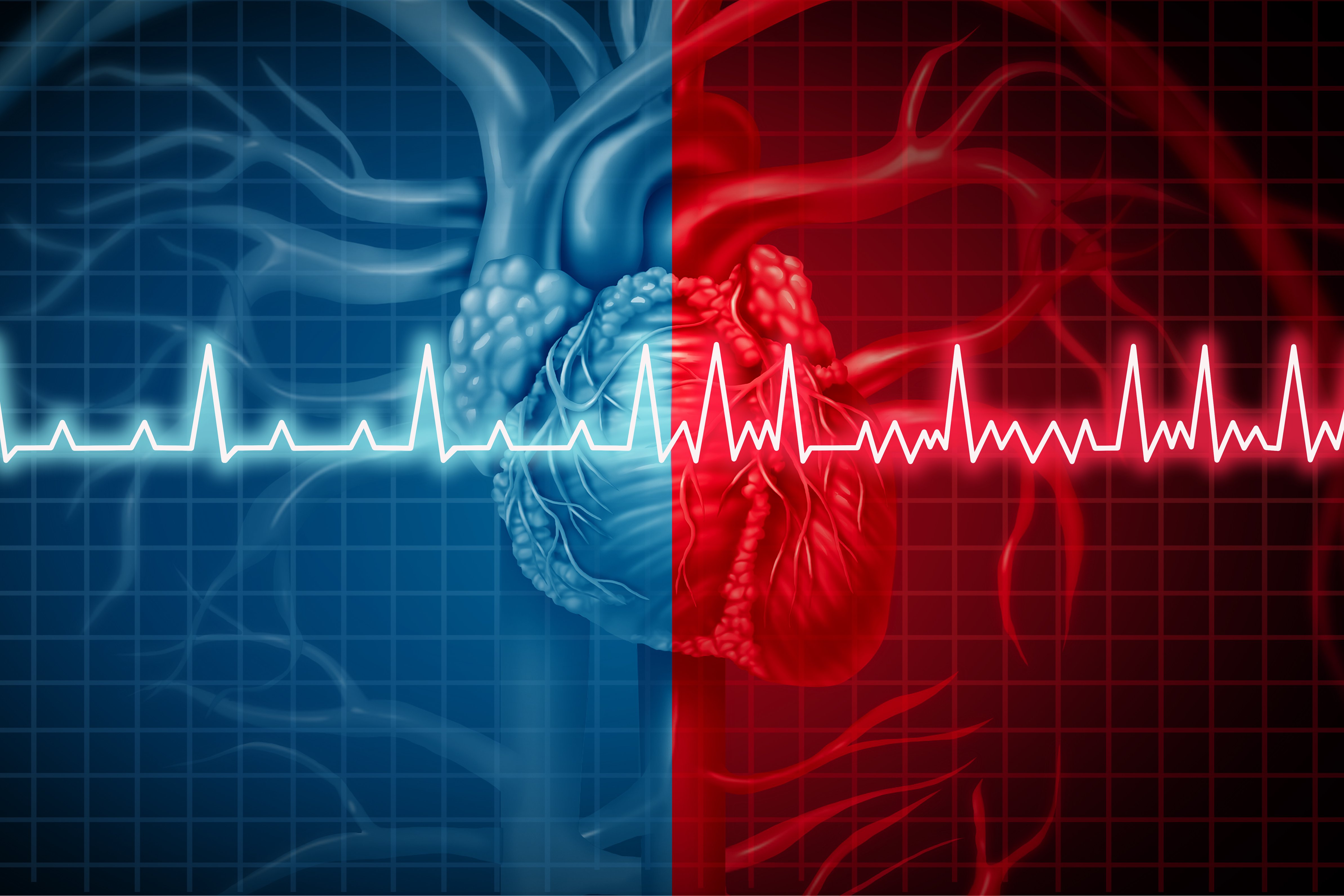
(Vienna, 06-12-2022) Patients receiving emergency medical treatment for atrial fibrillation show a correlation between the intravenous administration of potassium and magnesium and a spontaneous return to a normal heart rhythm. This was discovered in a new study by the Department of Emergency Medicine at MedUni Vienna and University Hospital Vienna, which analysed patient data between 2009 and 2020. The results were published in the renowned journal "JAMA Network Open" and represent an important basis for subsequent randomised controlled trials.
Atrial fibrillation is the most common cardiac arrhythmia in adults. One to two per cent of the population in Austria, or approx. 100,000 people, are affected by this heart condition, whereby the heart beats irregularly and often too fast. Every year, the Department of Emergency Medicine at MedUni Vienna and University Hospital Vienna treat approx. 350 people with atrial fibrillation or atrial flutter. Current studies suggest that low plasma potassium and magnesium levels may be associated with an increased risk of atrial fibrillation. A study team from the Department of Emergency Medicine now investigated the question of whether it can be deduced that the administration of the two electrolytes has a favourable effect on a spontaneous return to sinus rhythm in non-permanent atrial fibrillation or atrial flutter. Currently, sinus rhythm is often restored immediately with medication or electrically under short anaesthesia.
"The results indicate that intravenous administration of potassium and magnesium in patients with atrial fibrillation is associated with a significantly higher probability of spontaneous return to normal sinus rhythm (19.2% vs. 10.4%). A potassium level below 4.0 mmol/L was found to be the relevant threshold," said first-time author Filippo Cacioppo. There was no association between the administration of electrolytes and spontaneous conversion to sinus rhythm in atrial flutter.
As part of the observational study, the team analysed data from patients who were treated for atrial fibrillation or atrial flutter at the Department of Emergency Medicine at University Hospital Vienna and MedUni Vienna between 2009 and 2020. A total of 3,119 episodes, including more than 2,500 episodes of non-permanent atrial fibrillation in patients at an average age of 68 years were included in the analysis and the data from patients with potassium and magnesium administration were compared with those without. "Since no treatment guideline requires intravenous potassium and magnesium in adult patients, electrolyte administration is at the discretion of the treating physician," says Cacioppo.
The shortest possible interval between the onset of symptoms and the presentation at the emergency unit is also likely to have a favourable effect on a spontaneous return of regular heartbeat. "Potassium and magnesium administration was particularly associated with a higher probability of spontaneous conversion to a normal sinus rhythm if the symptoms had been present for less than 48 hours," says study leader Michael Schwameis from the Department of Emergency Medicine. Since this is a register-based cohort study, the results are to be regarded as hypothesis-generating. Further randomised-controlled studies are now needed for treatment guidelines, which can be scheduled on the basis of this hypothesis.
Service: JAMA Network open
Association of Intravenous Potassium and Magnesium Administration with Spontaneous Conversion of Atrial Fibrillation and Atrial Flutter in the Emergency Department
Filippo Cacioppo, Denise Reisenbauer, Harald Herkner, Julia Oppenauer, Nikola Schuetz, Jan Niederdoeckl, Sebastian Schnaubelt, Sophie Gupta, Martin Lutnik, Alexander Simon, Alexander O Spiel, Nina Buchtele, Hans Domanovits, Anton N Laggner, Michael Schwameis DOI: 10.1001/jamanetworkopen.2022.37234